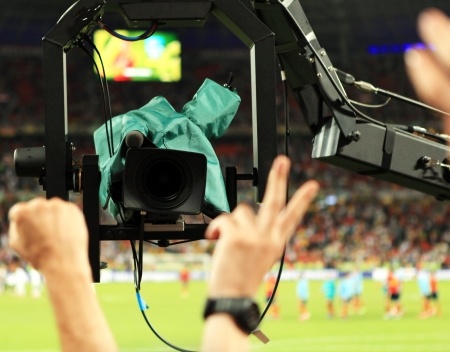Note that your final mark will not be saved in the system.
3.2.4.8 The role of technology in physical activity and sport GapFill
You must fill all the gaps before clicking ‘Check Answers!’

Although the aim of technology in sport is to have a positive impact on the range of stakeholders involved, it cannot be denied that controversies arising as a result of technology have also had negative effects. This is evident on the performer, coach, audience and the sport itself.
Sport
Technology has the potential to increase the popularity of sport, resulting in higher rates. However, sports which have less funding may not be able to afford expensive technology that other well-funded sports can acquire. The increased means of watching sport also means that less money is made through spectators entering the stadium for live events. The advancement of may compete with physical sports for participants, resulting in less talent being developed.
Performers
Performers may be sponsored to promote technological products, giving them a platform to become a to a wider audience. This offers an additional stream of for performers, increased earning potential. Developments such as nutrition apps and exercise watches have helped to promote a healthy, active lifestyle for performers – another positive of technology. However, the increased availability of performance analysis software may act as an added on athletes to perform well as there are new ways of analysing performance other than visual observation.
Audience
There is an increased range of viewing opportunities for spectators through the development of mobile technology. In addition to this, technology may make sports more to watch, such as live player stats and slow-motion action replays. The audience are also able to converse with other like-minded spectators through social media channels, increasing the interest and excitement around the sport. However, social media is often criticised for not fully controlling the harmful content that may be directed towards fellow spectators. This may tarnish the of the supporters of a particular sport due to the mindless actions of a small minority.
Coaches
The increased range of technology available to the coach to review matches, such as multi-camera systems, allows for a more detailed of performance. Social media also allows coaches to engage on a more personal level with spectators and increase the sense of closeness as a team. However, technology does pose some negatives for coaches – such as the over-reliance on match statistics to highlight negative aspects of a coach's performance, without giving much context. This may increase the risk of job loss, as evidenced in professional football where the increased demand for success has resulted in a high turnover of coaches and managers.